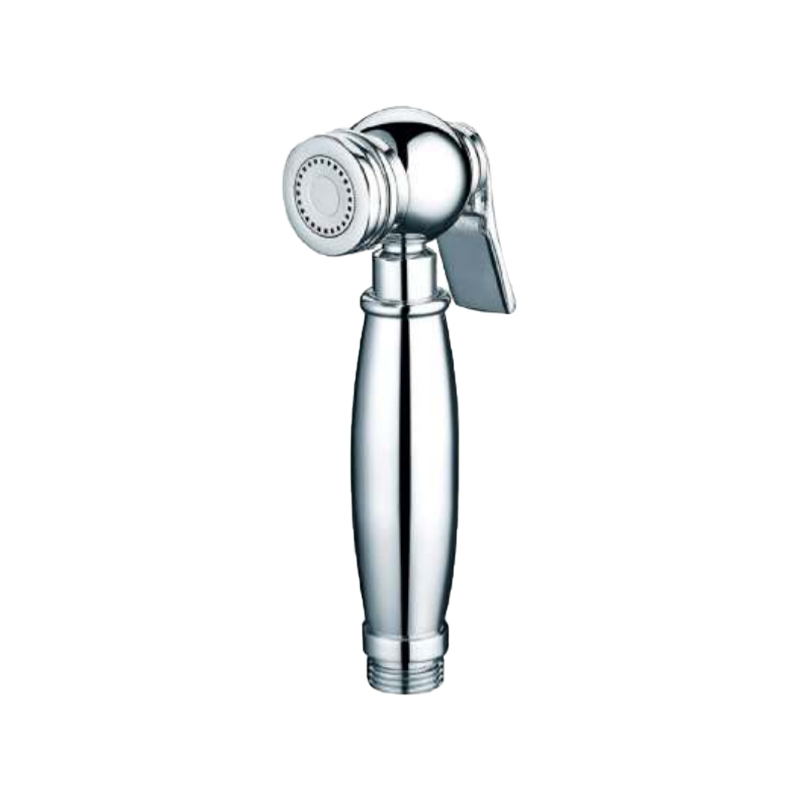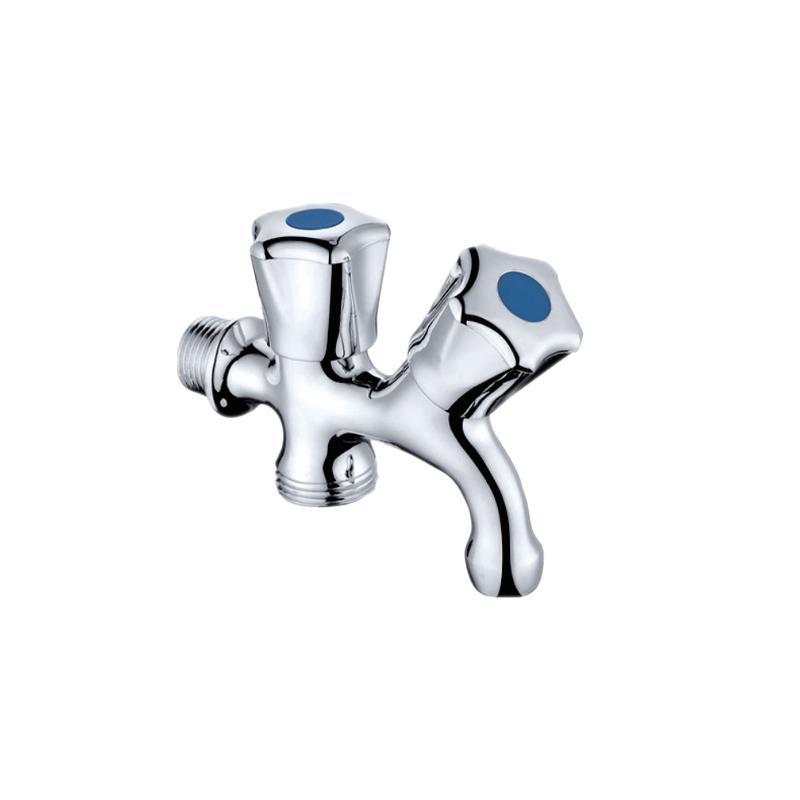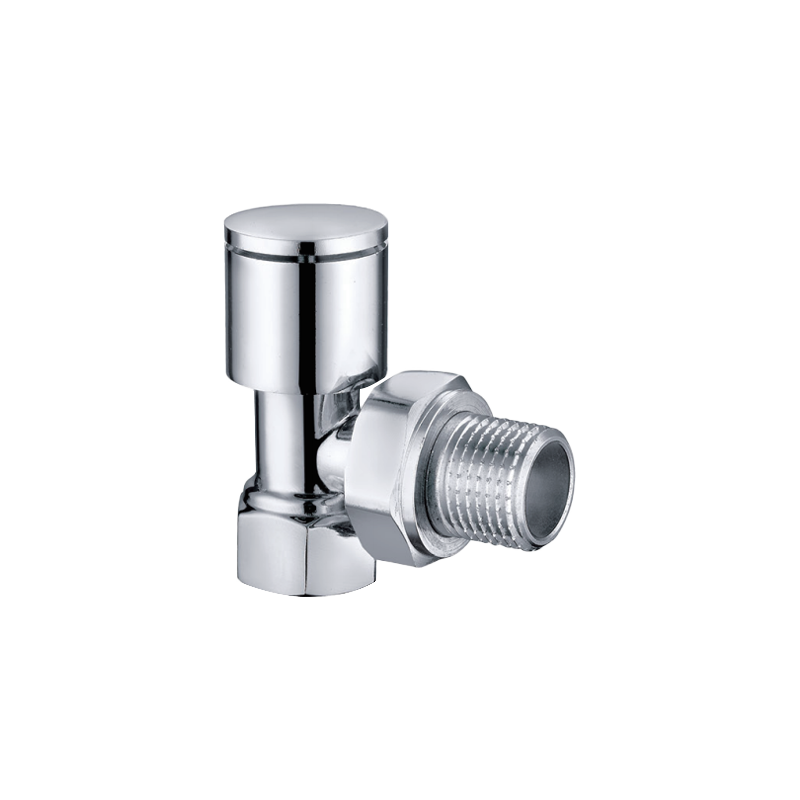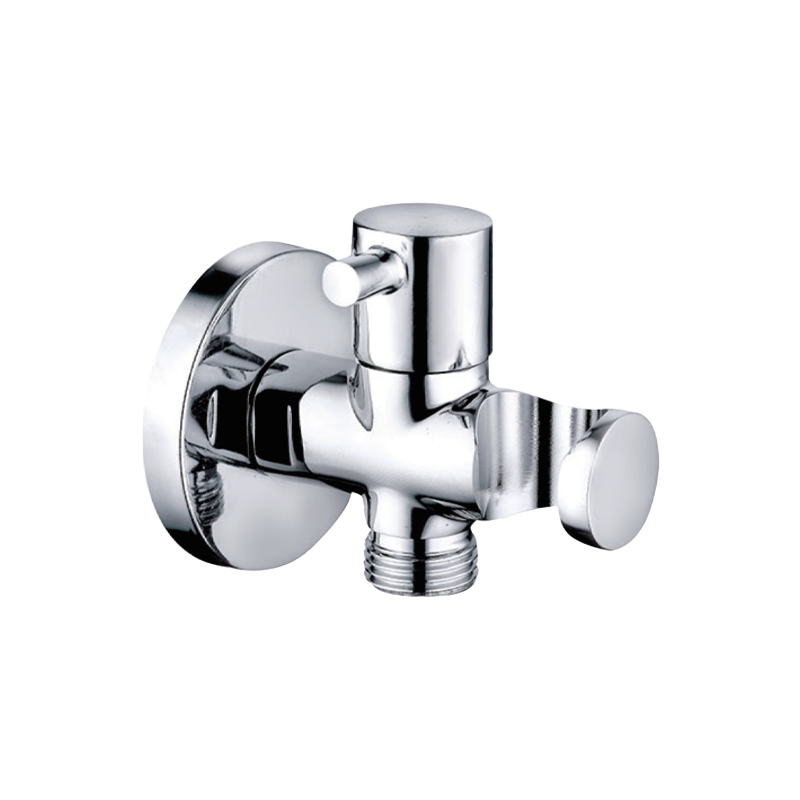Hose pipe adapters are essential components used to connect hoses of different sizes or types. These adapters enable the seamless integration of various plumbing systems, providing flexibility and convenience. Behind the scenes, a complex and meticulous manufacturing process known as casting brings these adapters to life .
How do these adapters achieve the standardization of precision and strength in casting so as to enter various industries?
Casting is a manufacturing technique that involves pouring molten material into a mold, allowing it to solidify and take the desired shape. The casting process for hose pipe adapters typically involves the use of high-quality metals or alloys, such as brass, stain less steel, or aluminum, known for their durability and resistance to corrosion.
The casting process begins with the creation of a pattern, which serves as a template for the mold. Skilled artisans or engineers design the pattern using computer-aided design (CAD) software or traditional drafting techniques. The pattern replicates the shape and dimensions of the desired hose pipe adapter, including threaded ends, barbs, or other specialized features. After these steps, a standard part will be produced.
Mold Preparation:
Once the pattern is finalized, a mold is created to facilitate the casting process. The mold can be made from various materials, including sand, metal, or ceramic. Sand molds are commonly used in the casting of hose pipe adapters due to their cost- effectiveness and flexibility.
The pattern is carefully placed within the sand mold, leaving a cavity that represents the desired shape of the adapter. The mold is then reinforced and prepared for the molten metal.
Melting and Pouring:
The Chosen Metal Or Aloy is Melted in A Furnace at Precise Temperatures According to the Material's Specifications. Once the Molten Metal Reaches the Desired Tete Mperature, it is carefully post into the prepared mold. and forming the initial shape of the hose pipe adapter.
Cooling and Solidification:
After the metal is poured, it gradually cools and solidifies within the mold. The cooling process is carefully controlled to ensure proper solidification and prevent any defects in the final product. Once cooled, the mold is opened, revealing the solidified adapter within.
Finishing and Machining:
The solidified casting undergoes various finishing processes to refine its shape and remove any imperfections. This may involve grinding, sanding, or machining to achieve the desired dimensions and smoothness. Threads, barbs, or other specialized features are then carefully machined into the adapter to ensure proper functionality.
Quality Control and Testing:
Before the hose pipe adapters are ready for distribution, they undergo rigorous quality control and testing procedures. This includes visual inspection, dimensional measurement, and pressure testing to ensure the adapters meet industry standards for strength, durability, and leakage prevention. Any adapters that do Not meet the stringent criteria are discarded or undergo further modifications to rectify the issues.
Surface Treatment and Coating:
To enhance the longevity and aesthetics of the hose pipe adapters, surface treatments and coatings may be applied. This can include processes like polishing, plating, or powder coating, depending on the desired finish and application requirements.
The casting process plays a vital role in the creation of durable and reliable hose pipe adapters. Each step is executed with precision and expertise, the result is a high-quality adapter that seamlessly connects hoses, providing strength and convenience in plumbing systems.

 English
English 中文简体
中文简体


.png)




